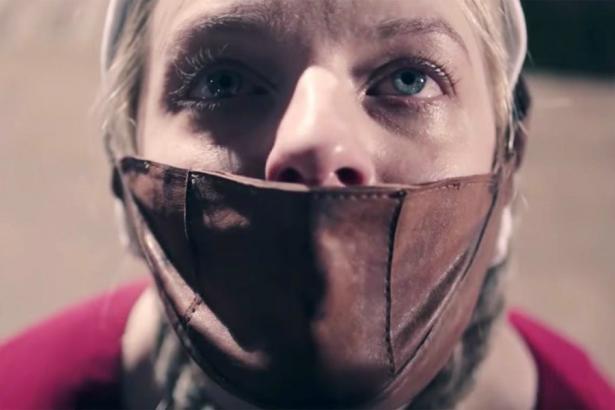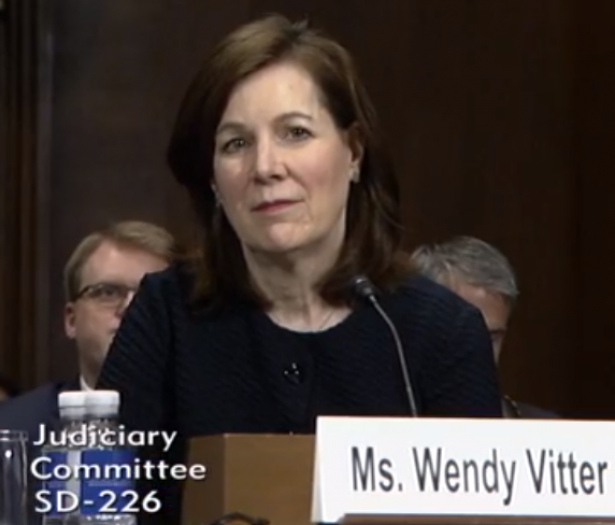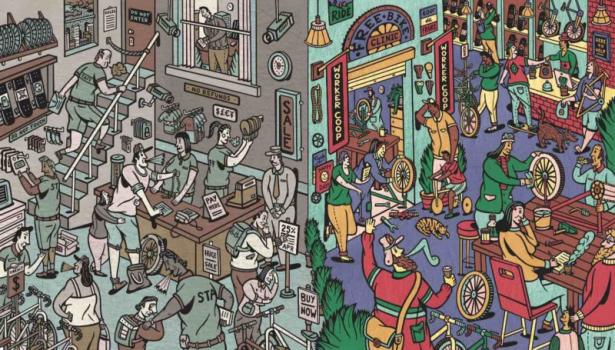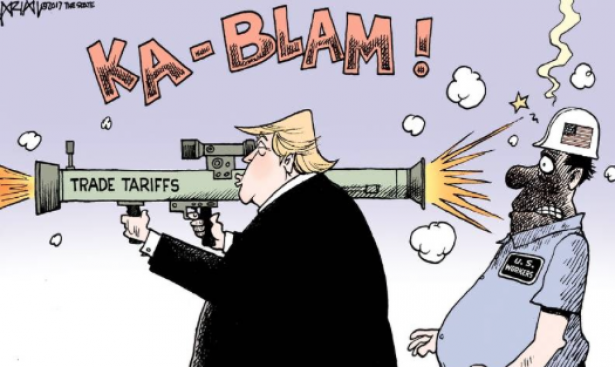Teachers Walkout Fallout: Impeachment Effort Underway Against OEA Leaders
Tulsa World
OEA president, vice president target of some after walkout. The relative lack of legislative action during the walkout left teachers wondering what had been accomplished before the walkout was declared over.










Spread the word